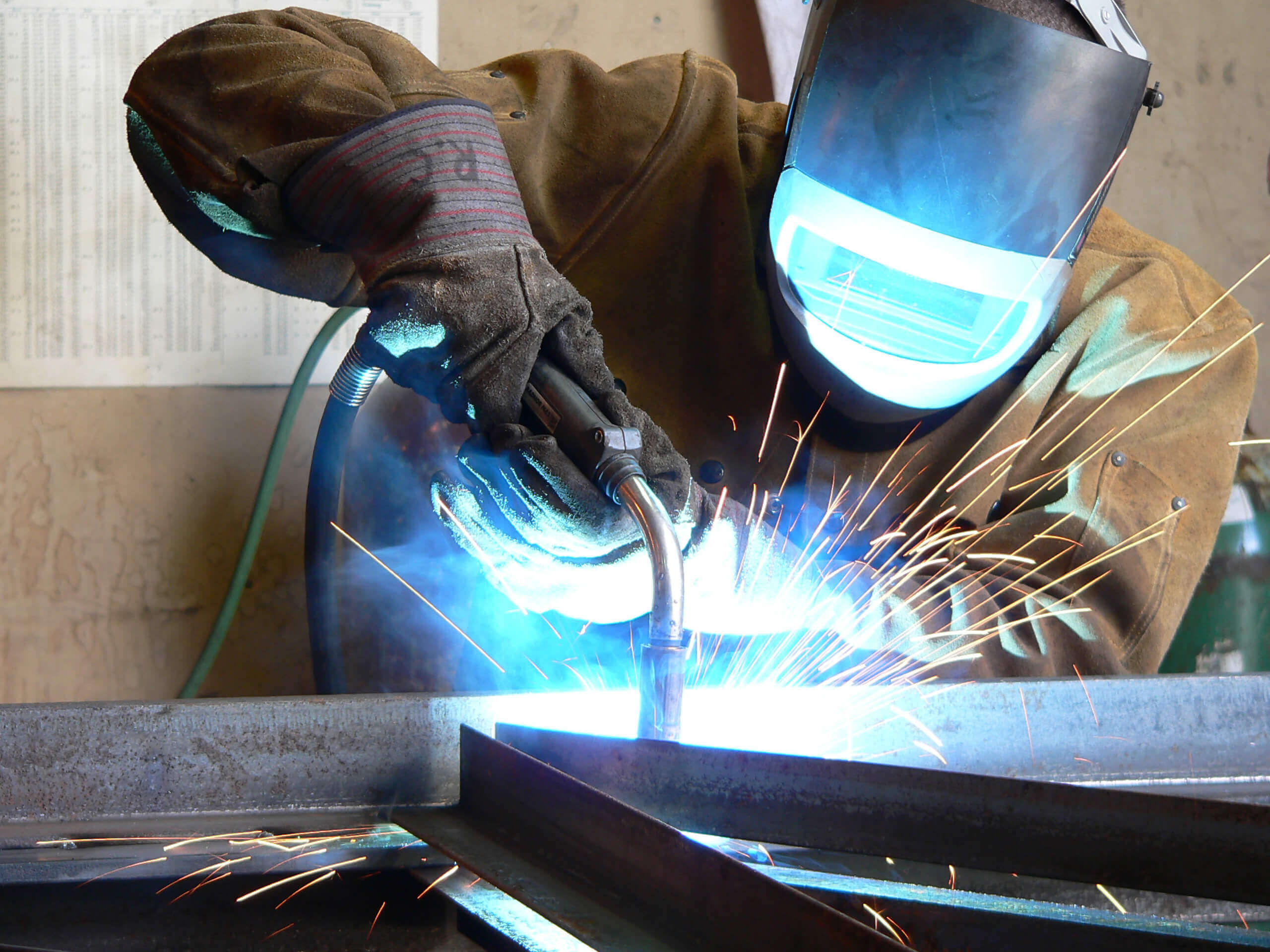With ever increasing demands on driving welding productivity how do you ensure safety is never sacrificed


Welding generates fume and gases that, if inhaled, can be harmful to health. It is best practice to use local extraction to control exposure to fume and gases at all times and this advice is endorsed by the Health and Safety Executive (HSE).
Control of Substances Hazardous to Health regulations (COSHH) state that exposure to fume and gases when welding must be prevented or, when this is not reasonably practical, it must be controlled. Control is best achieved by capturing the fume at source using local exhaust ventilation. When this method alone is not sufficient, additional Respiratory Protective Equipment (RPE), approved by the HSE, must also be used. It is not sufficient to use RPE alone, without local fume extraction.
Welders should also be aware that while employers have a legal responsibility to ensure fume control equipment is available and properly used, employees are also responsible for using it and for reporting any faults to the employer.
Inhalation of fume or gases when welding can be harmful to health and therefore rules and regulations exist to guard against excessive exposure. Manufacturers of the materials (or ‘consumables’) used in the welding process are required to provide sufficient information to allow users to assess the risks to health that may arise from their use. The risk to health depends on how much fume is generated and its composition. Other factors may also affect the level of risk: for example, welding in a small room could cause higher concentration and more fume or gas may be inhaled.
The welding process can contribute to health risks as it can affect the rate at which fumes or gases are produced and some processes inherently generate more fume or gases than others. For example, while MIG/MAG processes typically generate more fume, TIG processes produce virtually none, but can generate high levels of ozone emissions instead. In all cases, when working at a higher current, the fume or gas emission rate is higher, thus increasing the risk to health.
The type of consumable being used is however the most significant factor when assessing the level of health risk – for example, welding stainless steel produces fume that can cause serious illness.
When carrying out a gas-shielded welding process, it is possible to mitigate the health risks posed by both fume and gases by choosing the optimum shielding gas mixture, as some mixtures can reduce exposure to ozone such as FERROMAXX®, INOMAXX® and ALUMAXX®gases from Air Products which were developed to lower levels of ozone exposure.
Fume control is important for all welding processes. This control should be sufficient to ensure that the welder’s exposure to fume and gases is within specified limits, known as exposure limits or Workplace Exposure Limits (WELs). Fume control is local fume extraction and may also involve the use of approved RPE. Once the fume control is in place it is necessary to measure the levels of exposure to check they are within the specified limits, using protocols set out in relevant international quality standards – ISO 10882-1 and ISO 10882-2.

An industry leading comprehensive guide to gas shielded arc welding and oxy-fuel cutting.